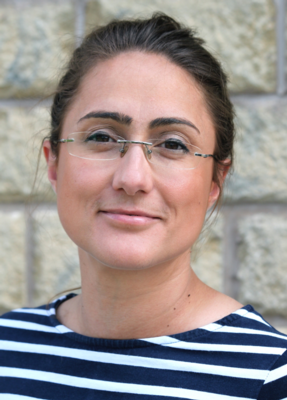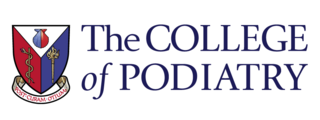 Guest blog by Nina Davies, Project Lead: Integrating Long Term Condition Training and Development, Leeds Community Healthcare NHS Trust; Co-Chair Children’s Podiatry Special Advisory Group, The College of Podiatry
Guest blog by Nina Davies, Project Lead: Integrating Long Term Condition Training and Development, Leeds Community Healthcare NHS Trust; Co-Chair Children’s Podiatry Special Advisory Group, The College of Podiatry
Person-centred care (‘person first’ or ‘child and family centred care’) is a term to reflect treating the whole person, encompassing physical, mental and social wellness, environment and personal circumstances. It is an approach which looks beyond the symptoms of a disease and aims to meet the person’s needs and priorities before those of the system or a professional. It forms a basis for goal based care. Everyone working in health and social care organisations has a responsibility to help ensure services are as person-centred as possible.
When delivered, person-centred care results in a meaningful outcome for the person. In the context of podiatry, children’s podiatrists help children and families overcome concerns that affect the lower limb, so all can stay active, happy and included. Yet, we see so little of these goals mentioned in our referrals. It is frustrating because what the child wants or how they may benefit is omitted. Referrals can also place an expectation on the practitioner that the presentation can be resolved independent of the person.
Not seeing the ‘person first’ can also appear in conversations, for example, why did I ‘choose feet’ as a profession? It’s interesting how it is framed – about the body and without connectivity. I chose to work with people and podiatry care was the quickest way to produce the biggest smiles. For those who’ve experienced foot pain, they will recognise that your feet and good lower limb health contributes to how you feel, move and interact. And for children this is so important; and to be able to help them get back to their everyday activities and achieve their goals is rewarding. It all starts by asking what matters to the child (and family).
What matters varies between children and families. Not all conditions affect people in the same way, either physically, mentally or socially. Therefore we must seek to understand personal impact on the child and family, so we can tailor care. Understanding the value of the referral ensures the right care is given at the right time, by the right person.
Too often, I see multi-agency referrals being made ‘just to give a full check’. We must always be aware of the pressures on families and where families rank an issue in comparison to professionals.  Person-centred approaches attempt to engage and support people to make decisions and to be as in control as possible, this includes offering choice – even at point of referral. Sharing decisions at the point of referral places the family in control of their care.
Person-centred approaches attempt to engage and support people to make decisions and to be as in control as possible, this includes offering choice – even at point of referral. Sharing decisions at the point of referral places the family in control of their care.
One pressure is appointment burden – missed education, lost employment and siblings too can become affected as they are passed to other care givers. Where possible, we should seek to find solutions such as sharing patient experience, integrating practice so common knowledge and values are held; holding awareness of evidence base and treatment effectiveness; setting realistic expectations; resisting paternalism and promoting self-management.
How we carry out consultations also needs to progress, and the pandemic has certainly accelerated this. To provide patient-centred care, we should also seek alternative ways of working to benefit children and families such as providing flexible referral criteria, telephone or online consultations, co-locating services and appointments, working together to expand skills of practitioners to enable seamless care and also utilising a practitioner’s full skill set. The opportunities are wide.
To end, always better together.
Find out more about person-centred care via The Health Foundation publications.



